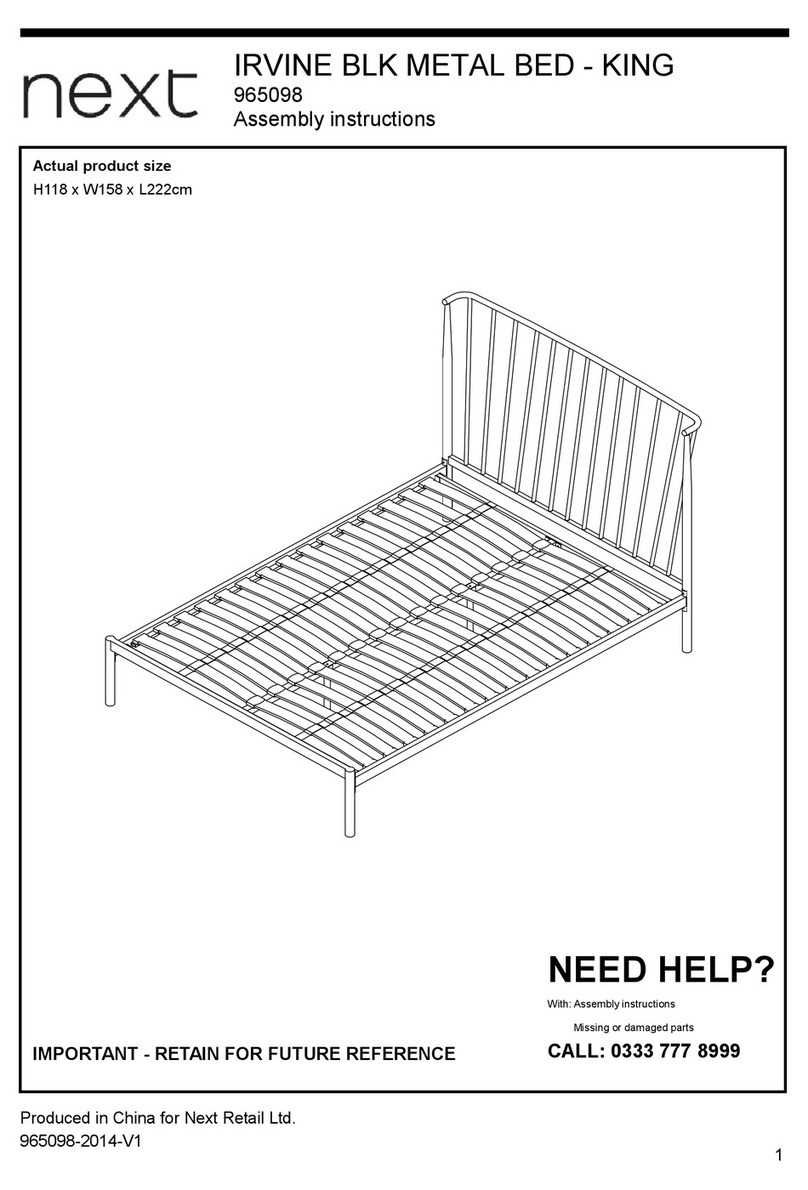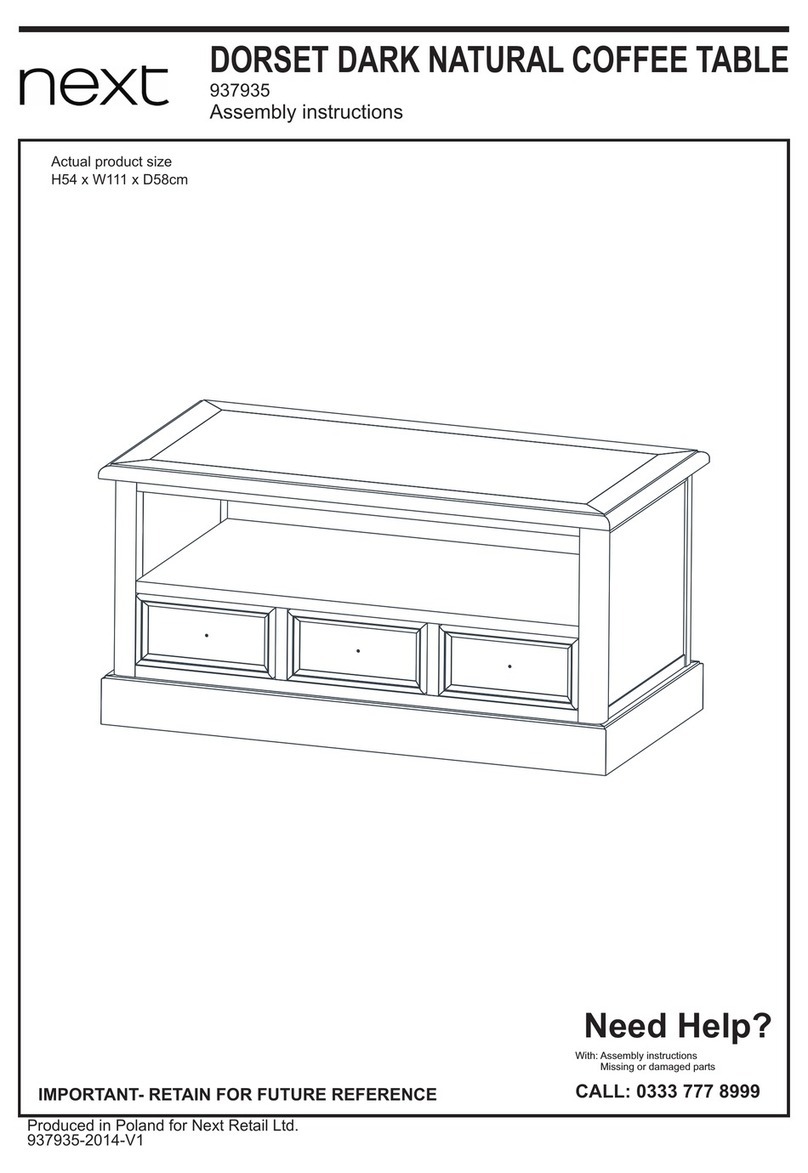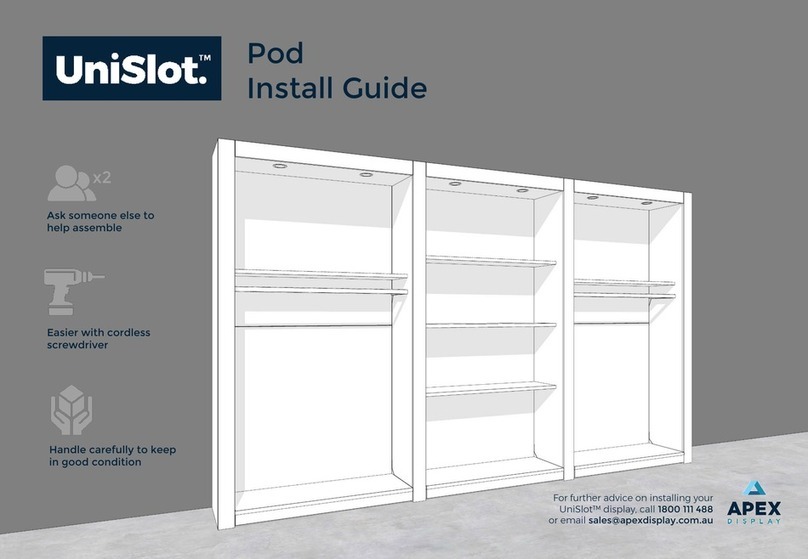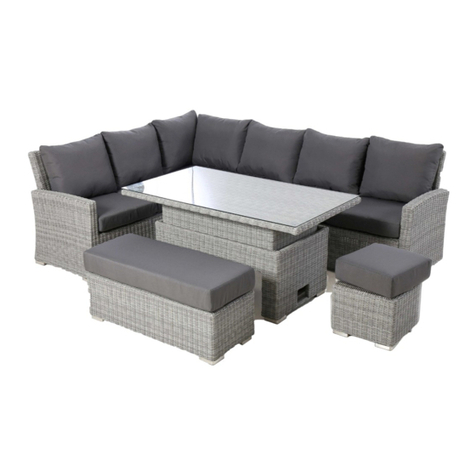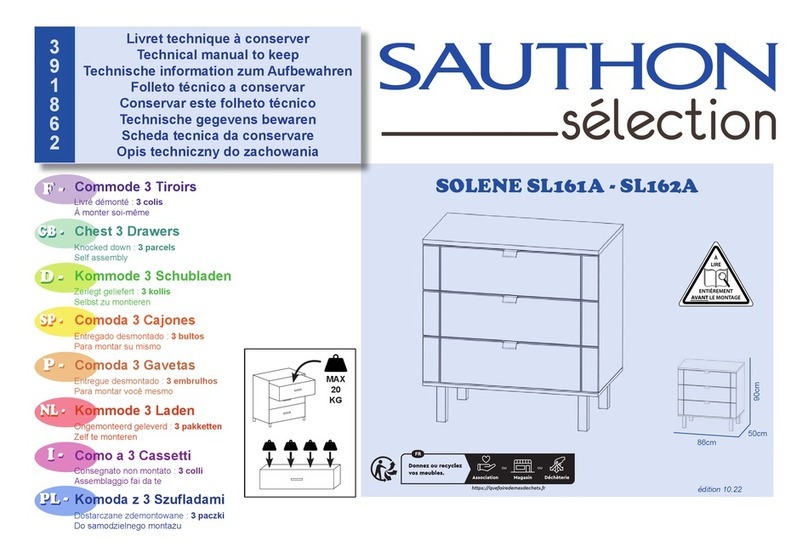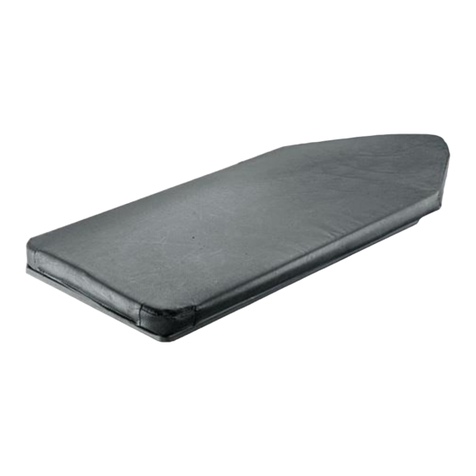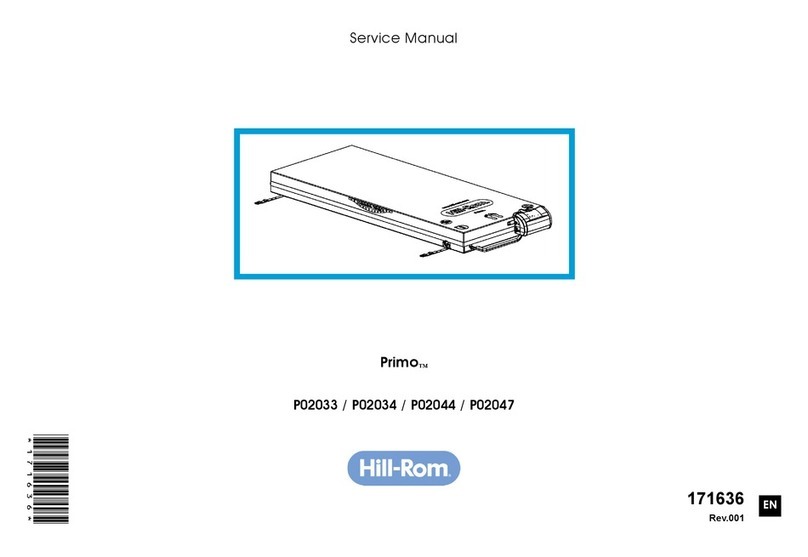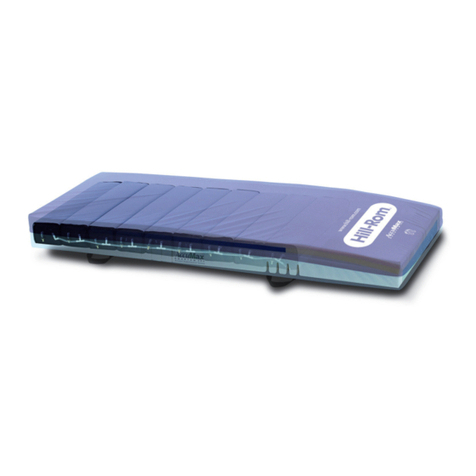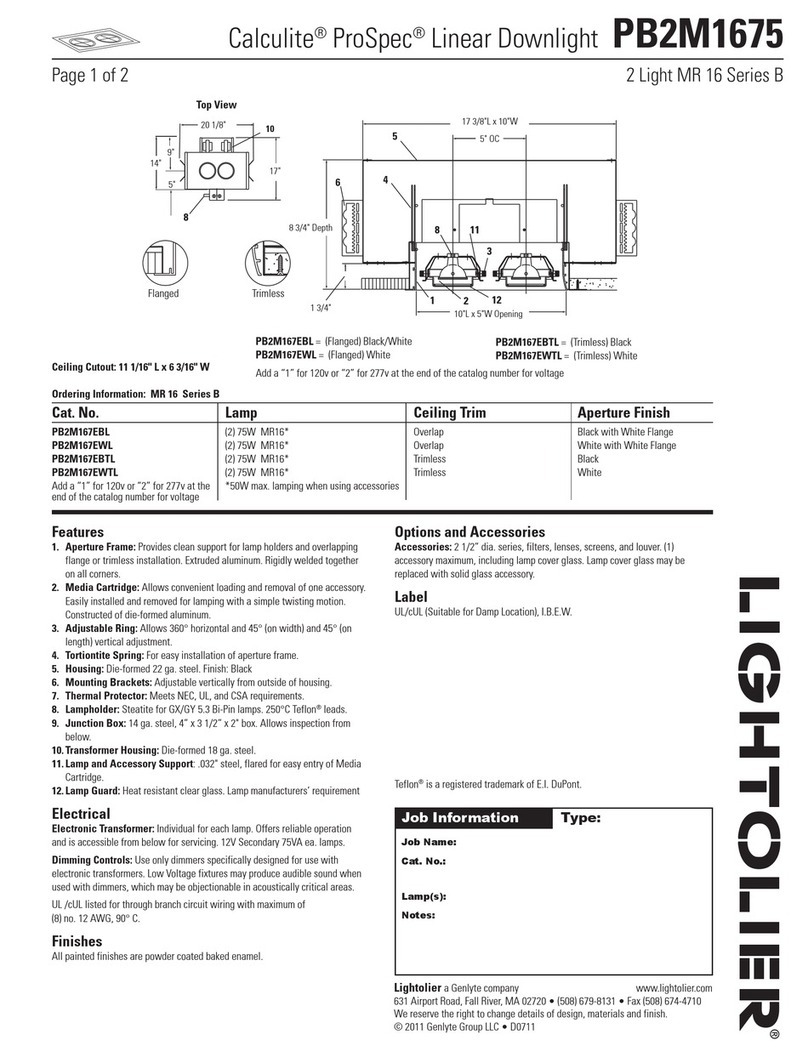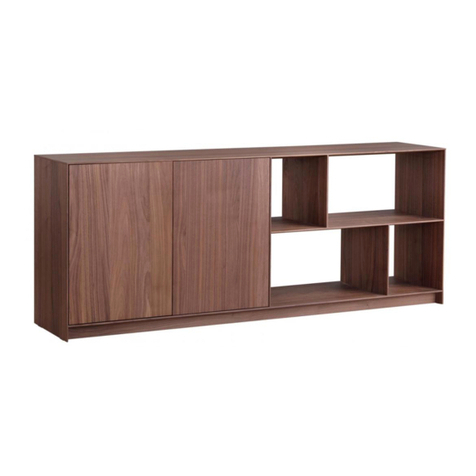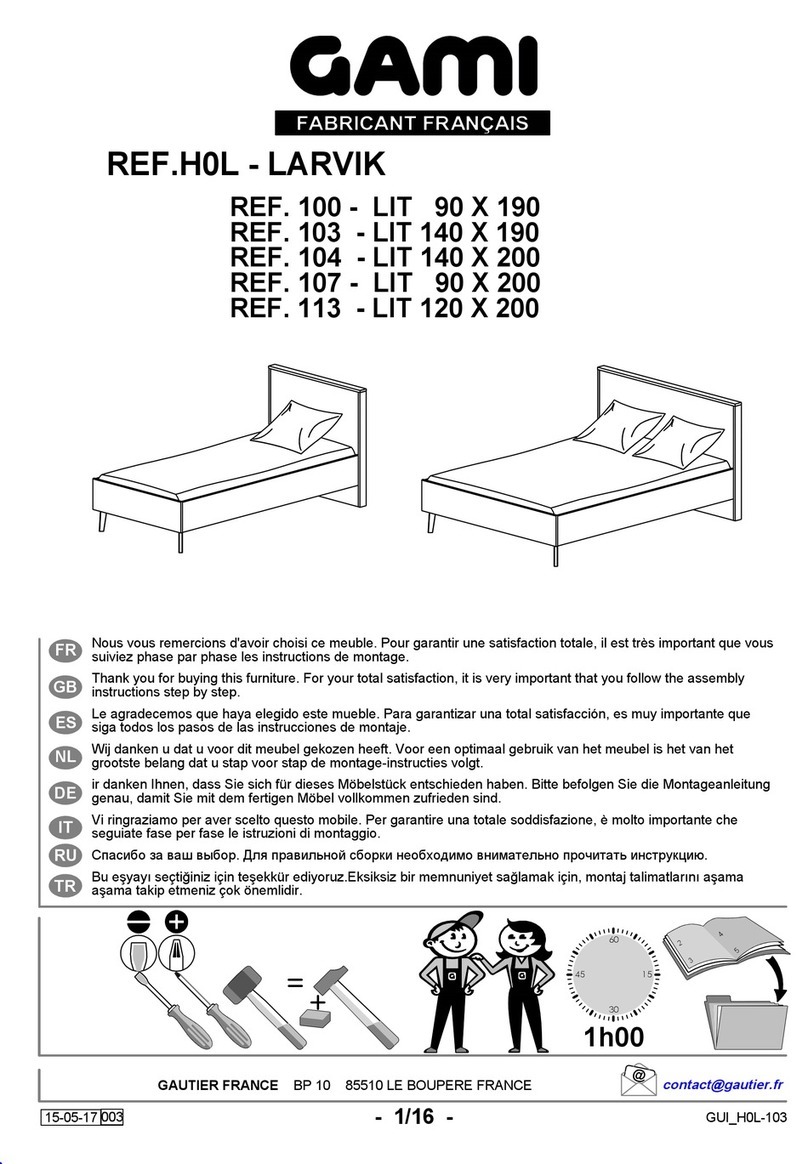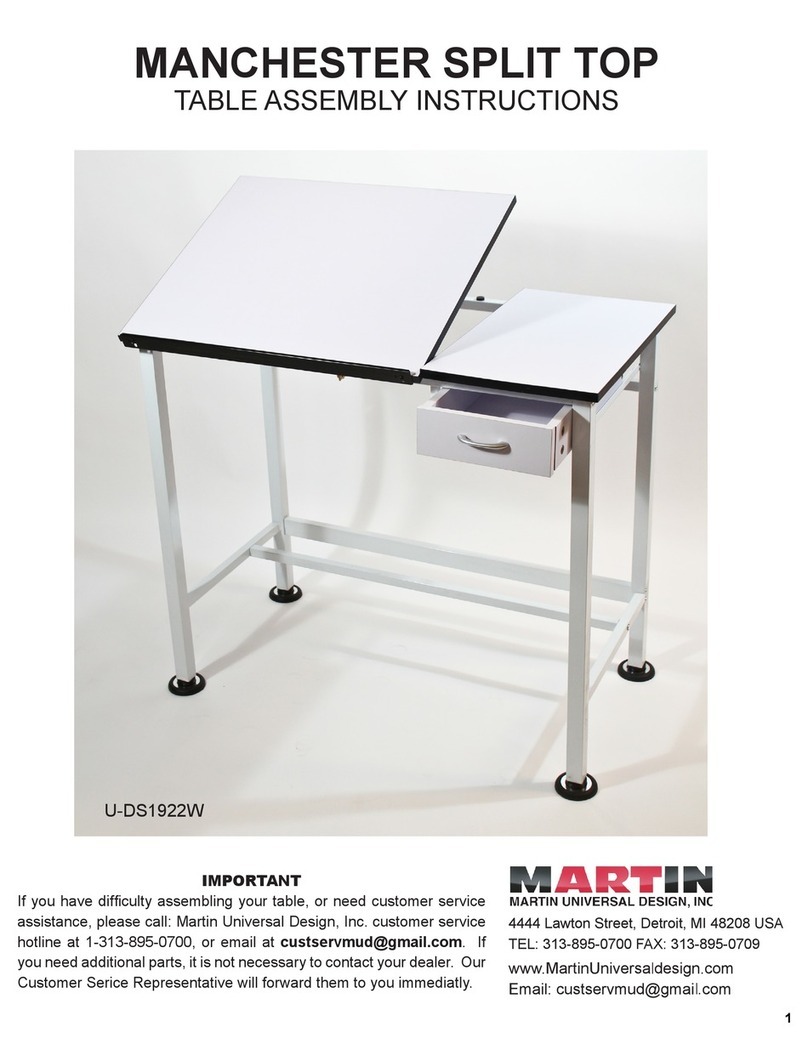
Introduction
Chapter 1: Introduction
Page 1 - 8 TranSitTM Resident Transfer Chair Service Manual (man158)
1For transfer, the unit manually reclines to a full-flat, bed-height configuration
that can be positioned immediately adjacent to the resident bed with no gap
between the bed and chair. After the resident is on the TranSit Resident
Transfer Chair, a single motion transforms the unit to an infinitely variable
recliner chair configuration. Large casters and a steer lock provide for smooth
movement and precise directional control during travel.
In the chair configuration, the unit will recline and tilt-in-space as desired.
These features help to improve resident comfort while they help to maintain
resident positioning; movable arms that lock in place, dual brake and steer, and
rear mounting of the recline and tilt-in-space releases help to prevent
inadvertent movement during long term seating use.
Product Features
Full-flat Transfer Position
To configure the chair for resident transfer to or from a standard bed, the
caregiver grasps and holds the recline control lever on the backrest top bar
while pulling down on the chair back. This causes all sections of the chair to
align parallel with the floor at a height of 32" (81.3 cm). (If a resident is on the
unit, a pneumatic assist prevents sudden, uncontrolled lowering of the seat.)
Next, the movable arm on the transfer side is lowered. It automatically locks
parallel to the back of the chair.
Importantly, when the back, seat, and leg support sections are level, the
geometry of the back and movable arm alignment results in a straight head-to-
foot line along either side. This allows the unit to be placed immediately
adjacent to the bed so there is no gap during the transfer.
After the transfer is complete, the movable arm is raised to (automatically)
lock in position, and a single pneumatically assisted lifting motion returns the
unit to the seating configuration.
Recline Position
The recline feature automatically adjusts the angles of the back-seat-legrest
geometry in a smooth, continuous motion from full upright to full flat. To
adjust the position, the caregiver holds the recline control lever and raises or
lowers the unit to the desired angle. There are no set stops. The caregiver
simply releases the recline control lever at any point of the motion, and the
chair locks in that position. Both raising and lowering motions are
pneumatically assisted.

























